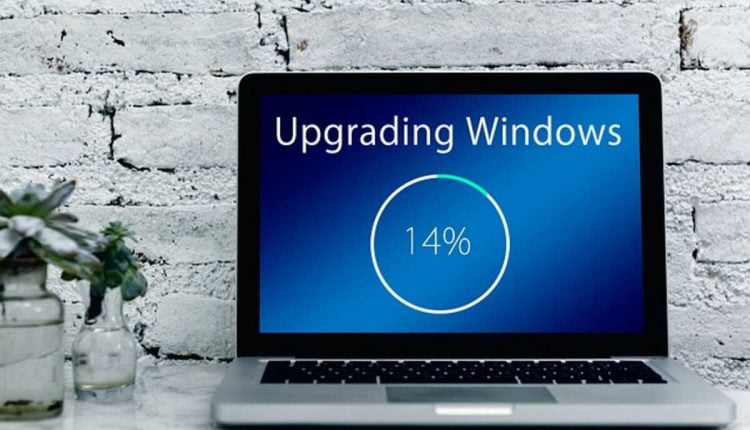Update Windows: A How-To Guide
Obtain Current Information
It seems like every week brings news of yet another Windows security flaw or worm that has crippled organizations worldwide. Microsoft Windows has always had a poor reputation for security. Windows often receives updated versions. Verify that you are obtaining everyone.
Windows Update, the built-in application for distributing and installing software updates, is a huge time-saver. It appears that Windows users, in general, are unaware of this helpful tool. Microsoft has a site that is exclusive to Internet Explorer. From Windows 95 to Windows XP, this site offers automated updates.
Get Current!
Launch Internet Explorer and navigate to http://www.windowsupdate.com. You may need to apply specific updates before the service will function properly. Simply stick to the on-screen prompts. Next, you’ll be asked if you’d like Express or Custom service. If you only have time for one update, let it be the Express update, which will apply all critical patches automatically.
If you select the Custom update option, Windows will present you with a list of updates that can be installed to improve your computer’s functionality or add new capabilities. The most important updates will be chosen automatically. It is recommended that everything be filed under “Software.” Don’t just go adding patches without thinking. Check the box next to each update after reading the brief description. Drop it if it sounds like something you wouldn’t use or enjoy.
In my opinion, the Hardware section is best left to experienced users. These updates inform Windows how to get the most out of each component of your computer, but not all driver updates are updates. They could be earlier versions than what you now have on your computer. There’s a chance that updating your drivers can break your computer or alter a setting that you can’t find. You should contact your computer maker for the most recent driver.
Verifying an update does not automatically download and install it. Click the “Review and install updates” button to review your options. When you’re ready, choose all the updates you want to install, and then click the Install Updates button. Most updates may be installed automatically without any action on your part. However, there may be an exception or two. Keep in mind that specific updates require you to be offline to install. If you select one of these for installation, the remaining updates will be held until your next visit. These are the major upgrades, such as DirectX and service packs. The application will prompt you to restart once all updates have been implemented.
You should return to the Windows Update site after applying many updates. In some cases, updating will result in the availability of additional updates. Also, make sure you’re up-to-date on everything that’s happening.
Regular Upgrades
Microsoft included Automatic Updates in Windows XP so that your installation always gets the most recent security and stability patches. This application annoys some people because it sometimes pops up at the most inopportune times. Users who don’t want to visit Windows Update often may find this feature helpful.
Double-click the Automatic Updates icon in the Settings menu to check its status, modify its operation time, or turn it off entirely. It’s important to remember that Automatic changes only apply to critical changes. Do a manual upgrade using Windows upgrade to get the boosted performance and new features that optional updates can provide.
To help the average computer user, [http://www.home-help-desk.com] provides resources like the one you’re currently reading. Topics covered range from general computer maintenance to spyware removal and security measures. Almost anyone can follow the instructions and get their PC working like new.
Read also: Assessing the Worth of Website Design Services.


